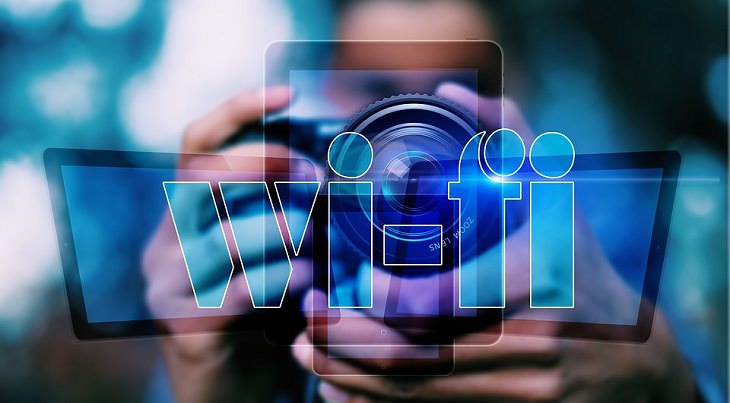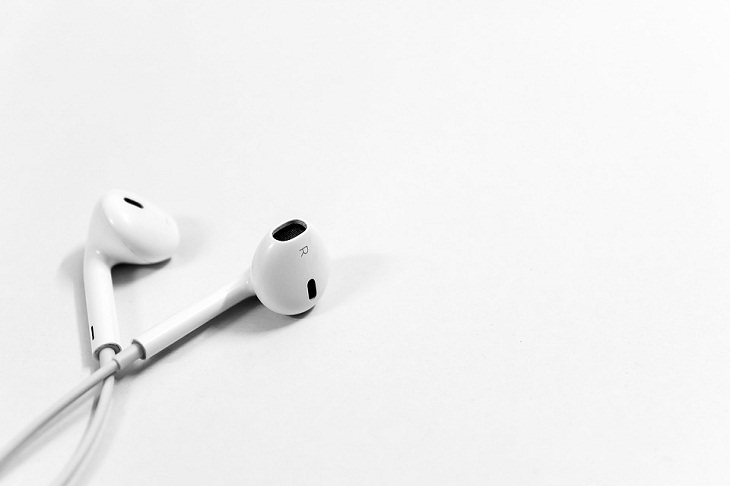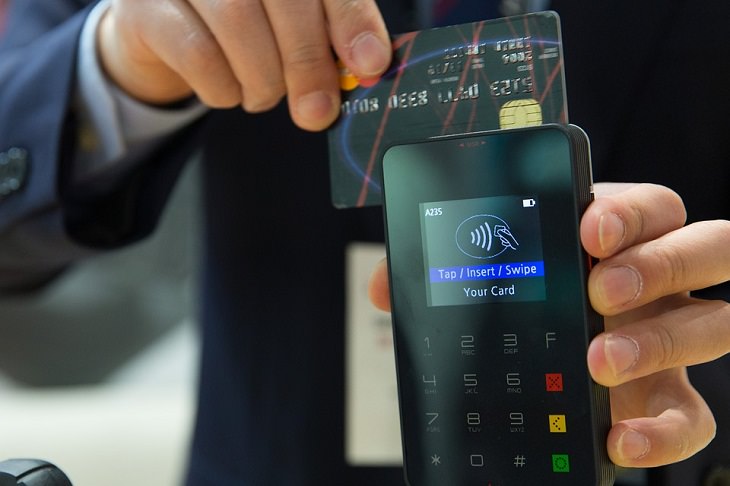
Predicting the future is a tough business. Not unless you are Nostradamus, of course. However, Nostradamus isn’t the only one who ended up making some remarkably true predictions about the future. From science fiction writers to chemists, there have been a lot of inventions and happenings that were prophesied centuries before they came to be.
Here, we look at some truly remarkable historical predictions that actually came true.

Nikola Tesla is widely known as the former right-hand man of Thomas Edison. He was also a talented engineer and inventor himself. In 1909, Tesla suggested that there will come a time when people will actually be able to walk around with phones in their pockets. Remember, this was 90 years before the invention of Wi-Fi and almost 60 years before the world had seen the first cellular phone.
Tesla was quoted as saying to The New York Times, “It will soon be possible to transmit wireless messages all over the world so simply that any individual can carry and operate his own apparatus.”

Jules Verne is known as one of the greatest science-fiction authors to have ever existed. Imagining unbelievable scenarios wasn’t alien to him. In his book 'From Earth to the Moon', which was published in 1865, Verne had envisaged a situation where men would travel to the moon. As we all know by now, Neil Armstrong and lunar module pilot Buzz Aldrin made this a reality when they actually stepped on the moon on the historic day of July 20, 1969. It does some quite weird now that Verne had managed to predict this more than 100 years before it actually happened. What’s more, the site of the launch in his book was in Florida. This is where the location of the Kennedy Space Center eventually came to be.
The story of Verne’s book was centered on two men who journeyed to the moon in a rocket launched out of a cannon. While we don’t know how people would have reacted to the story at the time, but many are certain to have chuckled at this far-fetched fantasy. Unfortunately, Verne passed away in 1905 and couldn’t see his imagination turn into the most amazing reality.

Image source - Wikimedia Commons
The sinking of the Titanic is one of the biggest tragedies in human history. A lot has been written and discussed in detail about how that giant ship sank and its ramifications. However, do you know that someone had actually foretold the sinking of the Titanic more than a decade before the event happened?
In 1898, a writer named Morgan Robertson wrote a novel titled Futility, Or The Wreck of the Titan. The story was about a man named John Rowland, a former Naval officer, who gets a job on the Titan - the world’s largest vessel. Not only was the name of the ship in the book eerily similar to the original one, but it was also described as “unsinkable,” and “among the greatest works of men". This is not the weirdest part, though. Later in the story, the Titan strikes an iceberg on its journey and sinks. It also goes on to become one of the world’s greatest tragedies.
This feels like an exact retelling of the Titanic tragedy. Except that it was written 14 years before the incident!

Ray Bradbury was another brilliant science-fiction author who came up with the most amazing and unthinkable futuristic concepts in his stories. His 1953 novel Fahrenheit 451 is immensely popular. But not many know that one extract from this fascinating novel actually foresaw the usage of earbuds in the future.
In fact, Bradbury describes them in the most poetic and fascinating way. This is what the passage of the book says: “And in her ears the little seashells, the thimble radios tamped tight, and an electronic ocean of sound, of music and talk and music and talk coming in, coming in on the shore of her unsleeping mind.”

Mark Twain, one of the greatest authors ever, was born on Nov. 30, 1835. This was about two weeks after Halley’s comet was first photographed. Interestingly, in his autobiography, which came out in 1909, Twain wrote: “I came in with Halley’s comet in 1835. It is coming again next year, and I expect to go out with it. It will be the greatest disappointment of my life if I don’t go out with Halley’s comet. The Almighty has said, no doubt: ‘Now here are these two unaccountable freaks; they came in together, they must go out together.”
One year after the book was published, Twain passed away from a heart attack on April 21, 1910. The most astonishing part of it was that just one day before this Halley’s comet showed up in the sky again, making the great author’s words come true. It might well have been a random guess that proved to be true. However, it really turned out to be a shockingly accurate prediction.

Robert Boyle is often regarded as the father of modern chemistry. Born in 1627, Boyle used to keep a journal and had a habit of creating a "wish list" for the future where he imagined all the advances that humanity can make in the decades and centuries to come. One of his entries stated that science would one day be able to cure all diseases by transplantation. While it is true that science hasn’t been able to cure all diseases yet, it has certainly made organ transplantation a possibility.
The first major organ transplant happened in 1954, almost 300 years after Boyle wrote about it in his journal. The fact that Boyle could foresee science making this kind of progress in 1660 when the medical world didn’t know much about the way internal organs worked, is quite amazing.

The 1968 novel ‘2001: A Space Odyssey’ by Arthur C. Clarke has influenced many generations and has even inspired several other works of fiction. While there are several wonderful parts in the book, one particular paragraph went on to accurately envision how the now-famous iPad would look like in the future. Clarke called this futuristic gadget in his book as a “newspad”.
"[Floyd] would plug his foolscap-size Newspad into the ship's information circuit and scan the latest reports from Earth. The postage-stamp-size rectangle would expand until it neatly filled the screen. When he had finished, he would flashback to the complete page and select a new subject for detailed examination,” is how the book describes this gadget. It is clear now that this appears to be quite an accurate description of the iPad. The amazing part, though, is that it was written 42 years before the device was launched.

Credit and debit cards have now become an integral part of our lives. The first universal credit card was introduced in 1950. But what if we told you told that the concept of a credit card was imagined as far back as in 1888? Also, you might be thinking that this would have probably been visualized by some captain of finance or someone who was a banking mogul.
Curiously, it was a college dropout utopian science fiction writer named Edward Bellamy who did so. In his 1888 novel ‘Looking Backward:1887-2000’ Bellamy wrote a passage that says: “… a credit card issued him with which he procures at the public storehouses, found in every community, whatever he desires whenever he desires it. This arrangement, you will see, totally obviates the necessity for business transactions of any sort between individuals and consumers.”
The novel was clearly quite impressive in predicting how credit would actually work in the future. It is even more remarkable since it was written at a time when credit existed solely as a means for individual stores to allow individual buyers to buy extra items. The idea of using a credit card in a store and buying items was unthinkable in those days. Not only this but the book also quite accurately pictured the modern department store in surprising detail.